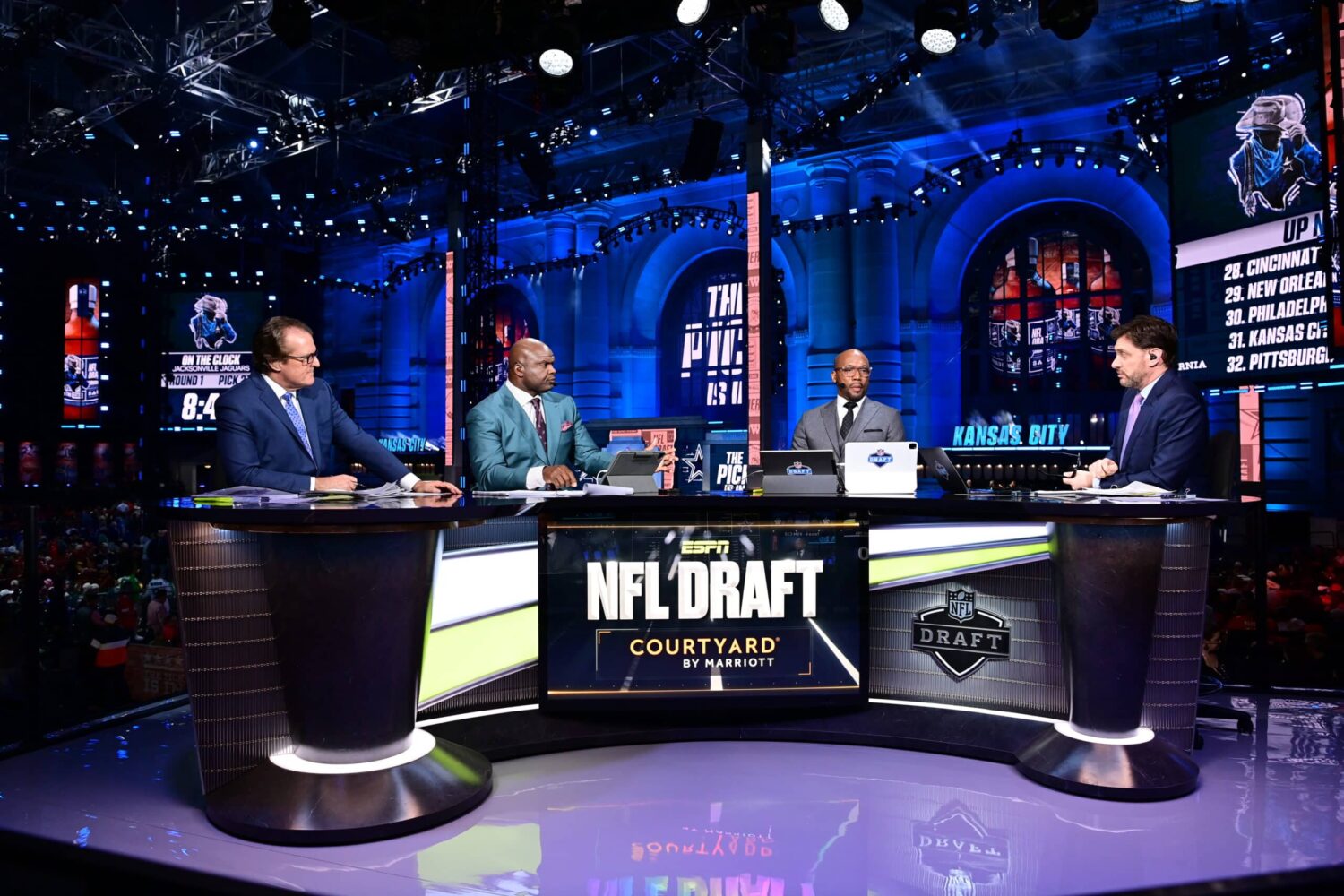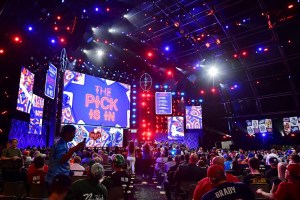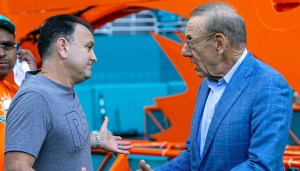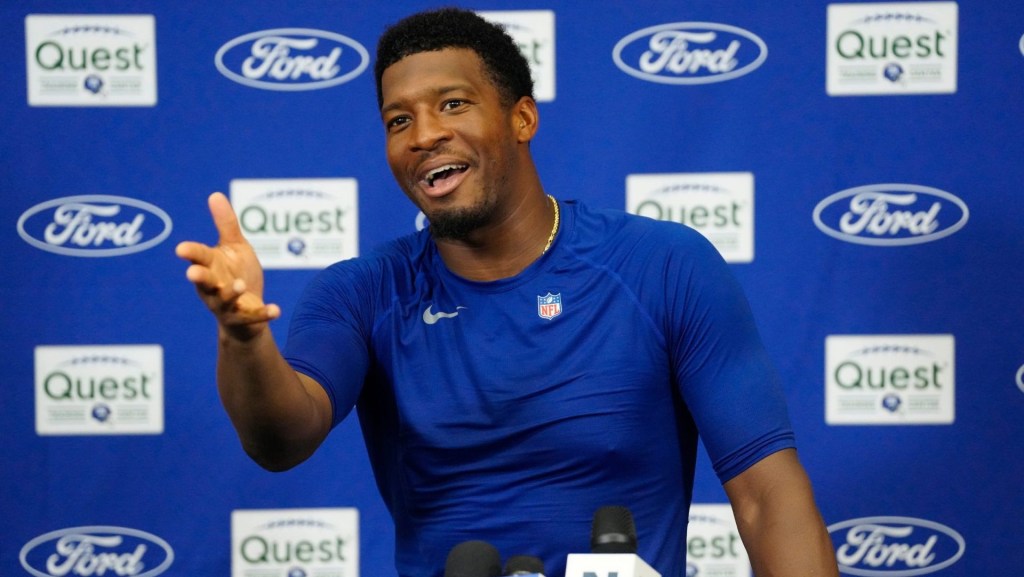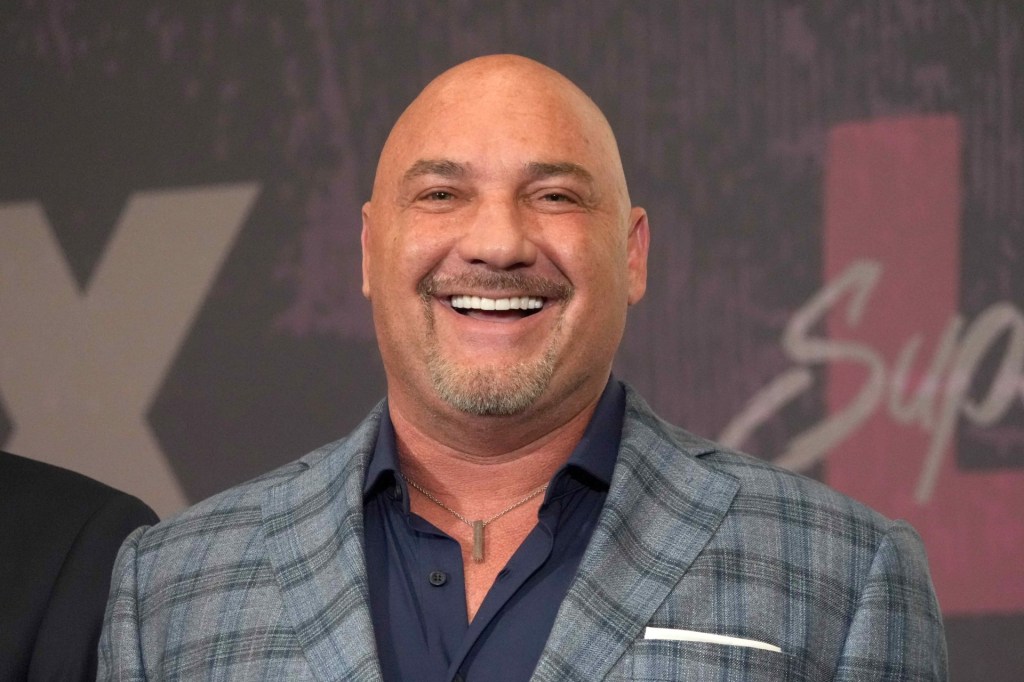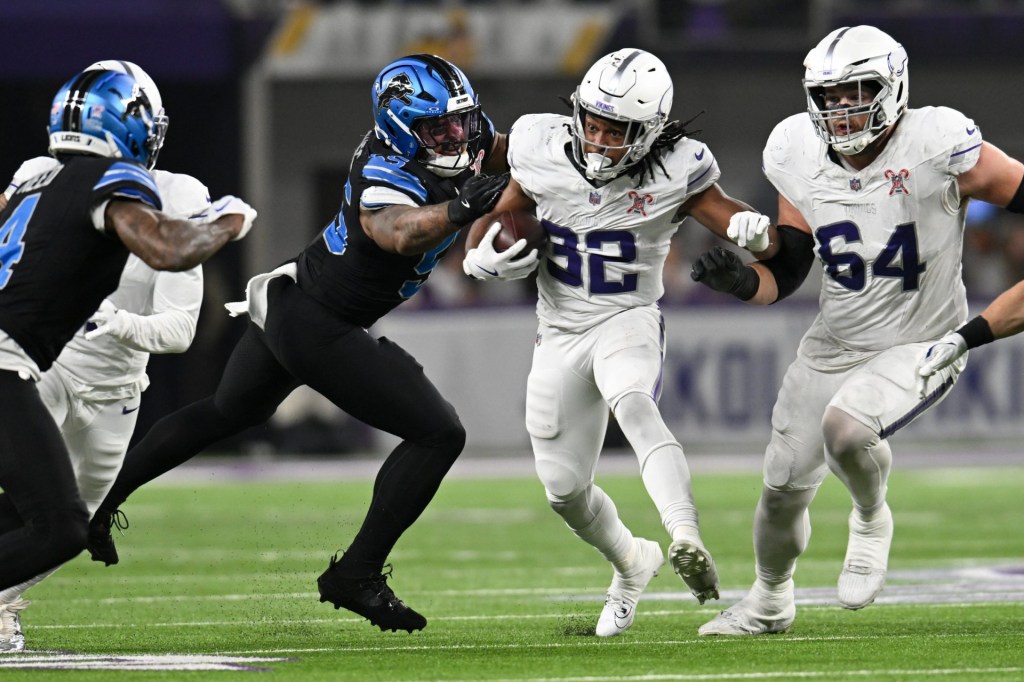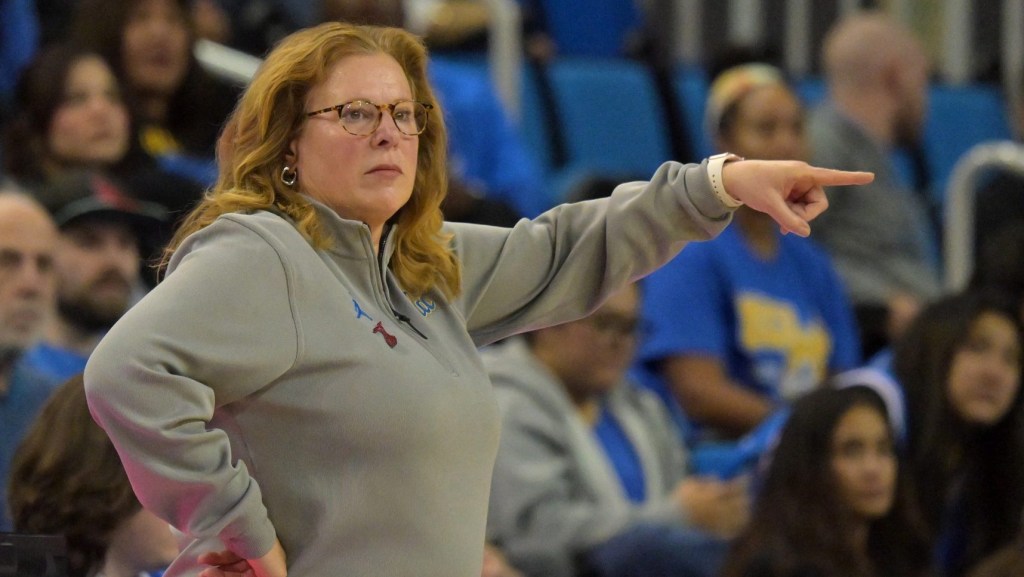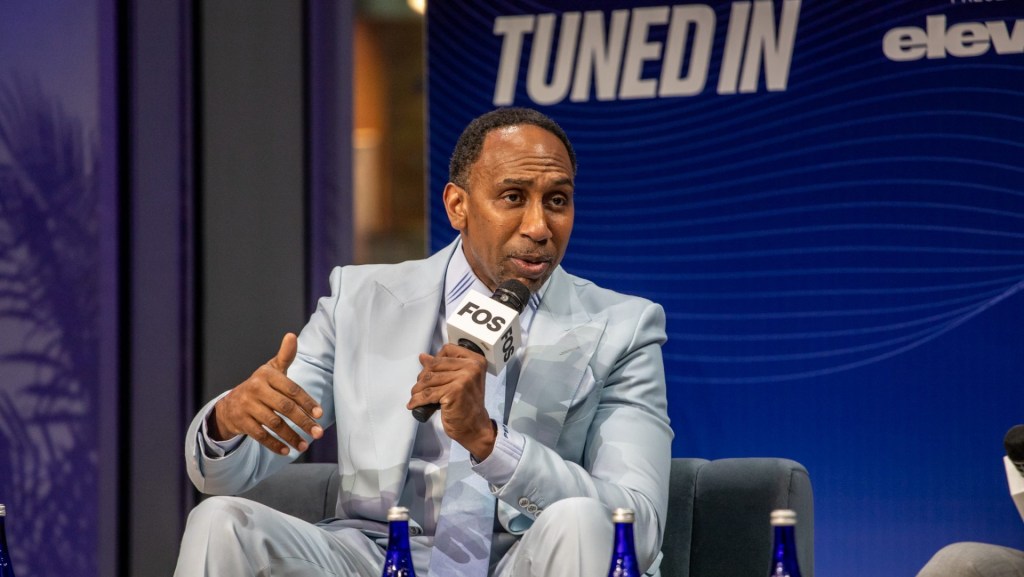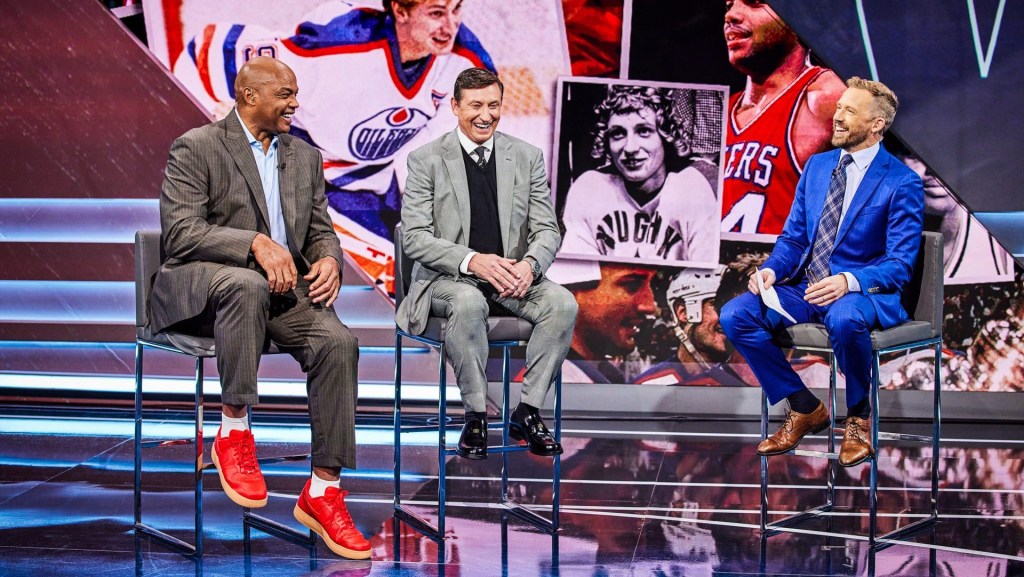In the 1994 NFL Draft, the Indianapolis Colts selected running back Marshall Faulk at No. 2, then traded up to No. 5 and picked Nebraska linebacker Trev Alberts over Fresno State quarterback Trent Dilfer — an innocuous move that triggered one of the great media moments in the history of the event.
In his 11th season covering the Draft for ESPN, Mel Kiper Jr. ripped the pick: “That’s why the Colts are picking second every year in the draft, not battling for the Super Bowl like other clubs in the National Football League.”
Colts GM Bill Tobin issued the now-famous reply: “Who in the hell is Mel Kiper anyway?”
Kiper just laughed it off — the oracle of NFL talent knew that this type of analysis would eventually matter.
“I believed in it from the start,” Kiper told Front Office Sports. “I did the draft reports before I started at ESPN because I thought the NFL Draft was going to be huge.”
And clearly he knew a thing or two: Dilfer was a Pro Bowler in 1997 and won Super Bowl XXV with the Baltimore Ravens. Alberts retired after three seasons due to injuries.
From his earliest days writing those reports to his four decades on TV, Kiper has pioneered an entire subsection of sports media: draft gurus — the omnipotent forces predicting where college football stars should play their professional football.
Kiper’s original value was in providing relevant but scarce information. Now, in the Information Age, the gurus’ value is in their expert status.
As much as the Draft brought Kiper and his disciples to national prominence, they in turn helped make the Draft what it is today.
‘Don’t Worry About The Cameras’
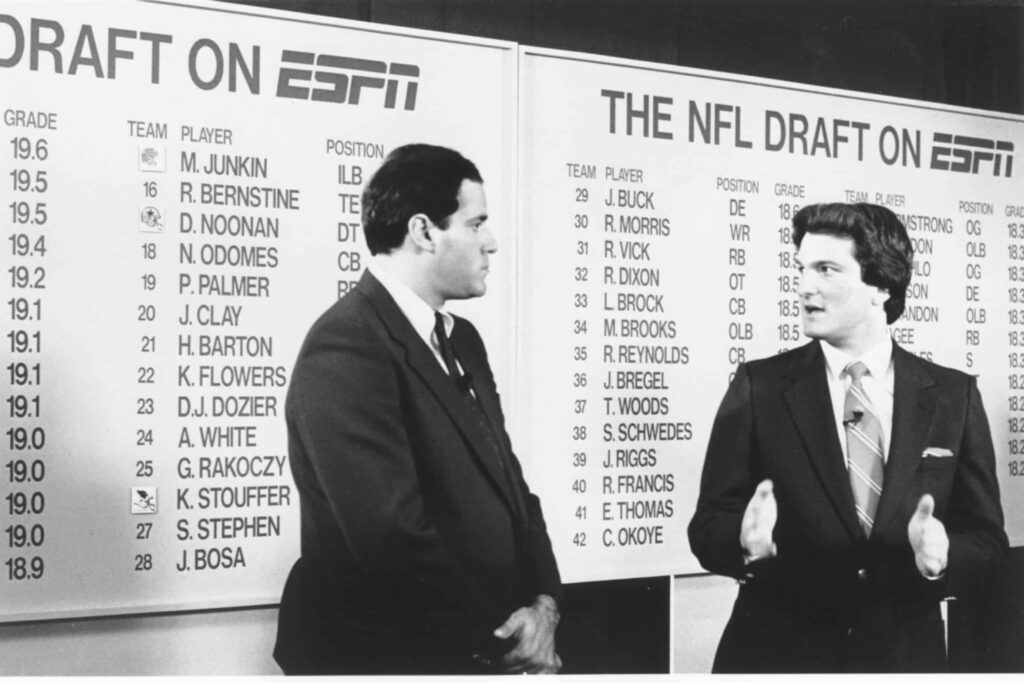
Before his signature hairstyle graced TV screens across America, Kiper was just a kid obsessed with the NFL Draft. While still in high school, he handed his first draft reports to Baltimore Colts GM Ernie Accorsi, who encouraged him to make it his career.
From there, Kiper researched everything about the Draft each year — and in 1984, ESPN took a chance on him despite his limited TV experience.
“I was 23 years old from Baltimore, and here I am sitting next to Chris Berman,” Kiper says. “I remember I said to Boomer before the first draft, ‘Where’s the camera? What camera do I look into?’ ‘Don’t worry about the cameras,’ he said. ‘Just talk to me.’”
When he joined ESPN’s nascent coverage in 1984, NFL executives were resistant to the media’s presence, wondering why analysts so removed from the game were on TV talking about it.
Now, Kiper is in his 40th year covering the festivities.
“There is no NFL Draft on TV without Mel Kiper.” says ESPN vice president of production Seth Markman. “He’s an institution. I think he should be in the Pro Football Hall of Fame for what he’s accomplished and what he’s brought to this TV event.”
“One of the reasons I fell in love with the event was because his preparedness and his passion just jumped off the screen,” NFL Network’s Daniel Jeremiah says of Kiper. “He made it fun, he was informative.”
So it doesn’t bother Kiper when he’s out at a restaurant during the summer and gets asked by a fan wondering who his or her team is going to select next year — because it validates all the work he’s put in for over four decades.
“To see it grow to this point is very rewarding for me and it kind of proves that, ‘Hey, everything you believed in back in 1978 turned out to be correct.’”
‘It’s An Inexact Science’

Draft gurus understand the misdirection of the NFL Draft better than anyone.
“It’s gamesmanship. It’s a poker game where nobody really wants to reveal their hands,” says ESPN analyst Jordan Reid. “You’re hearing so many different things, and you don’t know whether the sources are telling you the truth.”
“People are so conditioned to trust nothing they hear that even when you hear something that logically makes sense or is good information, people resist it because it’s ‘lying season’ around the NFL,” ESPN’s Matt Miller said on the Front Office Sports Today podcast.
Naturally, arguments and controversy sell in sports media. Gurus try to strike that balance between being entertaining and informative — while also trying to be right.
“It’s an inexact science, to say the least,” Jeremiah says.
As the network’s point man, Kiper has cultivated a fraternity of draft experts who grew up idolizing him.
Reid, who joined the company in 2021, calls Kiper the “godfather” of the draft. “My first conversation with Mel was the day that I got hired. We talked for two hours, and it was like I was talking to Michael Jordan,” he says.
Miller, another relatively recent addition to ESPN, is making his TV debut in part because of Kiper’s insistence.
When Todd McShay started at ESPN, he served as a perfect counter to Kiper’s rhetoric — a welcome challenge for Kiper, who considers McShay to be one of his best friends.
“I want Todd with me all the time,” he says. “Now I want Matt Miller and Jordan Reid with me all the time… They’re stars in the making.”
Several of them found their way into the space in 21st-century fashion.
After scouting for the Baltimore Ravens and Cleveland Browns in the early 2000s, Jeremiah was encouraged by ESPN’s Chris Mortensen to post his thoughts about players on “this thing called Twitter.” Thinking fantasy football fans would care what scouts think, he quickly built a following, had a brief, NFL-lockout shortened stint at ESPN, then joined NFL Network in 2012.
After Reid’s playing and coaching days at North Carolina Central, the former college quarterback started posting film breakdowns with commentary on Twitter. He “fell into” a job with The Draft Network and was eventually noticed by producers at ESPN.
The draft guru space has flourished — and for the originals, it’s the more the merrier.
“I’m not territorial at all when it comes to the draft,” Jeremiah says. “I love that we have so many people entering this space, that so many people are getting access to film and forming their own opinions. The more attention that we place on the draft, the bigger it is, the better for all of us.”
And no matter what shape Draft analysis or punditry takes, it will always point back to Kiper.
“Everybody that’s come after him… they’re all just offspring of Mel,” says Markman.
